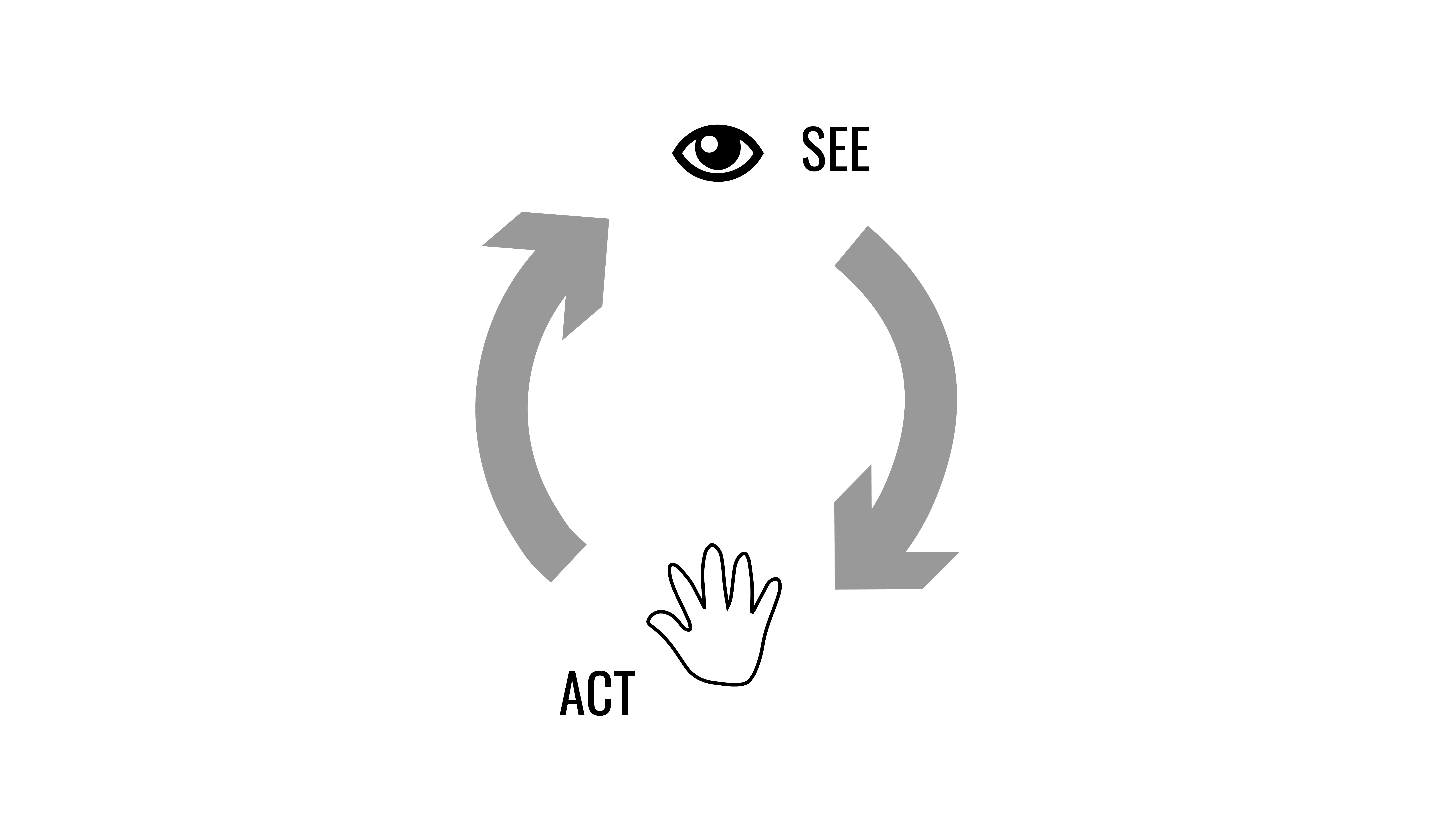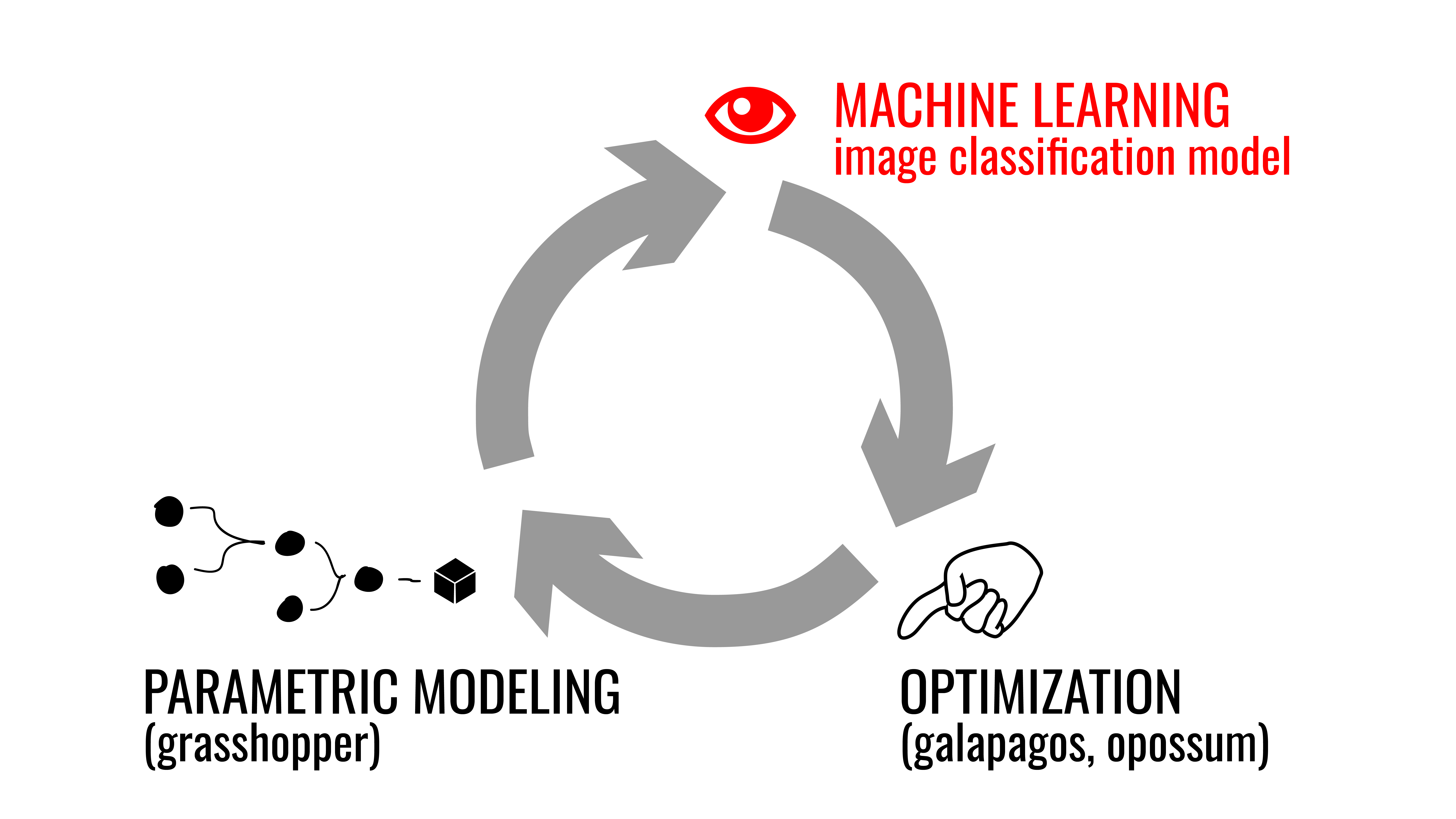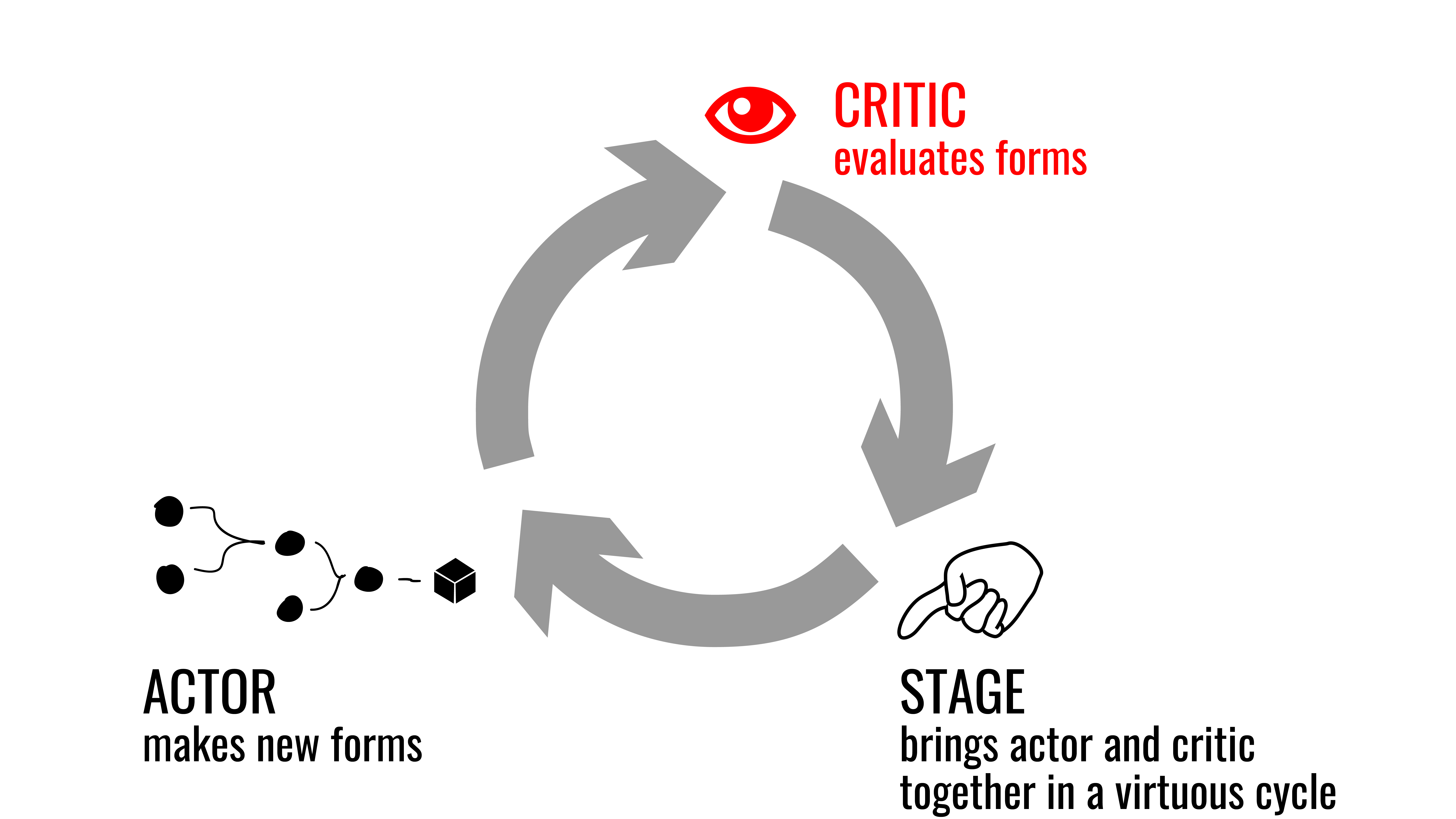Fresh Eyes - CAAD Futures
A Framework for the Application of Machine Learning to Generative Architectural Design, and a Report of Activities at Smartgeometry 2018
Kyle Steinfeld, Kat Park, Adam Menges, Samantha Walker
This paper presents a framework for the application of Machine Learning (ML) to Generative Architectural Design (GAD), and illustrates this framework through a description of a series of projects completed at the Smart Geometry conference in May of 2018 (SG 2018) in Toronto.

Proposed here is a modest modification of a 3-step process that is well-known in generative architectural design, and that proceeds as: generate, evaluate, iterate. In place of the typical approaches to the evaluation step, we propose to employ a machine learning process: a neural net trained to perform image classification. Through the development of this framework, we seek to demonstrate that generative evaluation may be seen as a new locus of subjectivity in design.
Summary of the Approach
The mode of authorship enabled by traditional architectural drawing tools is a well-studied, and, while not a straightforward affair, is one in which the complexities have been long articulated and are well-understood.

Generative design in architecture has been described as a three-stage cycle, which may be summarized as: Generate, Evaluate, Iterate. In the generation step, new potential forms are proposed using a computational process. In the evaluation step, the performance of these forms are quantified, again relying on computational analysis rather than the subjective eye of the designer. Finally, in the iteration step, the parameters of design generation are manipulated to find better results.

Our project proposes swapping the traditional approaches to the evaluation step of the cycle for a machine learning process, specifically a neural net trained to perform image classification. This modified process is different enough from traditional methods as to warrant an adjustment of the terms of GAD. And so, with the personification implicit in the dialog surrounding machine learning in mind, we propose to re-define the generative design cycle from imperative verb forms to pronoun forms, such that:
Generate, Evaluate, Iterate
becomes:
Actor, Critic, Stage
As in the generative step of traditional GAD, the role of an actor is to generate new forms, and describe them in a format preferred by ML. The issue of format is a crucial one. Since for a variety of reasons, the most developed ML models relevant to architectural design operate on images, in the examples presented here, actors re-present architectural form as image. As such, one important contribution of work preparing for the SG 2018 workshop involved the developing and testing of methods for describing architectural forms and spaces as images.

Read the full paper here.